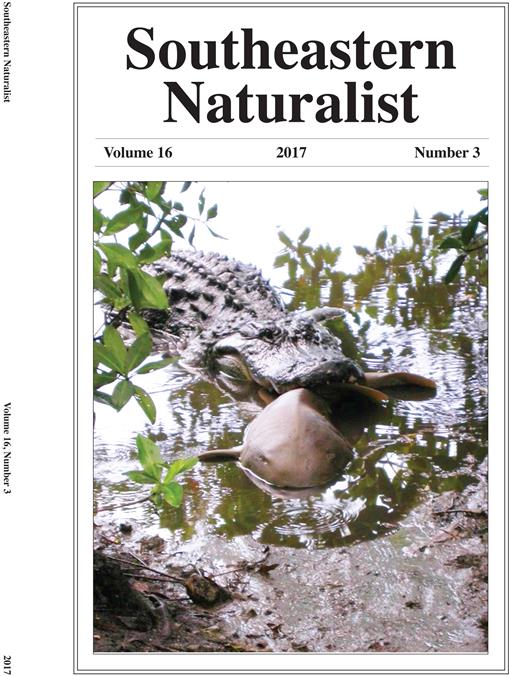Invasive Asian carps Hypophthalmichthys nobilis (Bighead Carp) and H. molitrix (Silver Carp), collectively referred to as bigheaded carps, were introduced to the US in the 1970s to control noxious algae blooms in aquaculture ponds. Fish subsequently escaped, and by the 1980s bigheaded carps were widespread and established in the upper Mississippi River, lower Missouri River, and the Ohio River and some of its tributaries. We sampled bigheaded carps in the lowermost reservoirs on the Tennessee River (Kentucky Lake) and Cumberland River (Lake Barkley) in 2015 and 2016 using multiple gears, including gill nets, hoop nets, electrofishing, and cast nets, to describe their distribution and estimate several population attributes. Additional electrofishing samples on the Duck River, a system renowned for its diverse ichthyofauna and mussel communities, revealed that Silver Carp range extends 220 river kilometers (rkm) upstream below the Columbia Dam. We collected a total of 737 Silver Carp and 10 Bighead Carp through the course of this study. The maximum total lengths and ages were 1385 mm and 22 years for Bighead Carp and 1005 mm and 13 years for Silver Carp. The Silver Carp populations in both reservoirs had the same pattern of strong year classes (2010, 2011, 2012, and 2015) and similar growth rates, which were faster than what has been reported for other populations around the globe. Some young-of-year Silver Carp were collected 180 and 110 rkm upstream in Kentucky Lake and Lake Barkley, respectively, and they may represent the first evidence of natural reproduction in those reservoirs or their tributaries.
How to translate text using browser tools
1 September 2017
Distribution, Age Structure, and Growth of Bigheaded Carps in the Lower Tennessee and Cumberland Rivers
Josey L. Ridgway,
Phillip W. Bettoli
ACCESS THE FULL ARTICLE

Southeastern Naturalist
Vol. 16 • No. 3
September 2017
Vol. 16 • No. 3
September 2017




